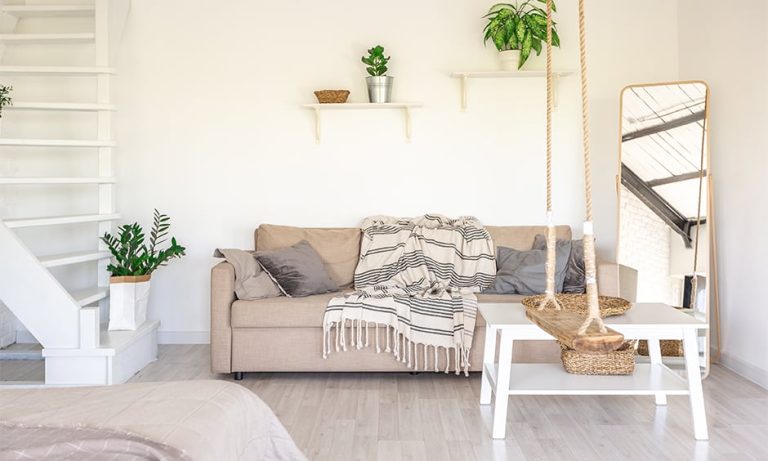When stepping into the world of custom home design, the canvas of your living space becomes uniquely yours. But as we paint our personal paradises, the question of sustainability becomes increasingly crucial. How do we blend style, personalization, and environmental consciousness into a harmonious living space?
This comprehensive guide discusses six key strategies for integrating sustainable solutions into your custom home’s decor and daily use.
Choosing Sustainable Building Materials
Starting from the ground up, selecting sustainable building materials is foundational to creating an eco-friendly custom home. Materials like reclaimed wood not only add unique character and charm but are also a great choice for reducing environmental impact. Using some reclaimed wood for your flooring, beams, and furniture helps to minimize deforestation and waste.
In addition, incorporating materials such as cork and bamboo, which are both renewable and have minimal impact on the environment, can also make a big difference. These materials are beautiful and serve aesthetic purposes, but also boast excellent durability and natural insulation properties. This helps to make your home even more energy efficient.
Design for Functionality and Flow
Designing your home with functionality and flow in mind is crucial for creating spaces that are both comfortable and sustainable. Thoughtful room layouts that maximize natural light can reduce the need for artificial lighting, significantly cutting down on energy consumption. Consider large, energy-efficient windows and strategically placed skylights to brighten up your home naturally.
When planning the layout, think about how each room connects with the others, and place frequently used rooms in areas where they can benefit from daylight for most of the day. This not only enhances the ambiance but also promotes a natural flow of movement, reducing the need for constant heating or cooling in seldom-used spaces.
Smart Energy Solutions
Embracing smart technology can greatly improve your home’s sustainability. Smart thermostats, for example, learn your schedule and temperature preferences to optimize heating and cooling, significantly reducing energy use. LED lighting is another excellent choice; these bulbs use at least 75% less energy and last 25 times longer than traditional incandescent lighting.
Integrating these technologies through a smart home system can also enhance overall efficiency, allowing you to control multiple aspects of your home’s environment with simple voice commands or the touch of a smartphone. This not only ensures that energy is not wasted but also provides a level of comfort and control that is tailor-made for modern living.
Embracing Sustainable Disposable Products
When it comes to everyday living in your custom home, the choice of disposable products can significantly impact the environment. Opting for items made from recycled and sustainable materials marks a small change that can lead to substantial environmental benefits.
You can find recycled paper products that include paper towels, toilet paper, and even printer paper. But you can also choose goods made from sustainable materials like bamboo. The bamboo plant is a sustainable alternative to traditional wood pulp, requiring less water, no pesticides, and regenerating quickly without needing replanting.
Bamboo products, including toilet paper, napkins, and even paper towels, offer a durable and eco-friendly solution that’s functional and also high-quality. As bamboo products become more common in eco-conscious households, they serve as a reminder that sustainable living can extend into every corner of our homes, combining convenience with care for the planet.
Water Conservation Techniques
Water is a precious resource, and conserving it is crucial in any sustainable home. Installing low-flow faucets, showers, and dual-flush toilets can dramatically reduce water usage without sacrificing performance. Another effective strategy is the use of rainwater harvesting systems which can collect rainwater for use in gardening, flushing toilets, and, if properly filtered, even for drinking.
These systems not only lower your water bill but also reduce your home’s overall environmental footprint. By integrating these water-saving technologies, homeowners can enjoy a modern, luxurious home while also contributing positively to global water conservation efforts.
Opting for Low-VOC and Natural Paints
Finally, the choice of paints and finishes plays a distinct role in maintaining both the health of your home environment and the planet. Volatile organic compounds (VOCs) found in many traditional paints can release various chemicals into the air long after application, affecting indoor air quality and causing potential health risks.
Opting for low-VOC or natural paints made from eco-friendly materials such as clay, chalk, and lime provides a safe alternative and also comes in a variety of vibrant colors and finishes. By choosing these healthier options, homeowners ensure that their house is not only beautifully painted but also maintains a clean, toxin-free atmosphere.

